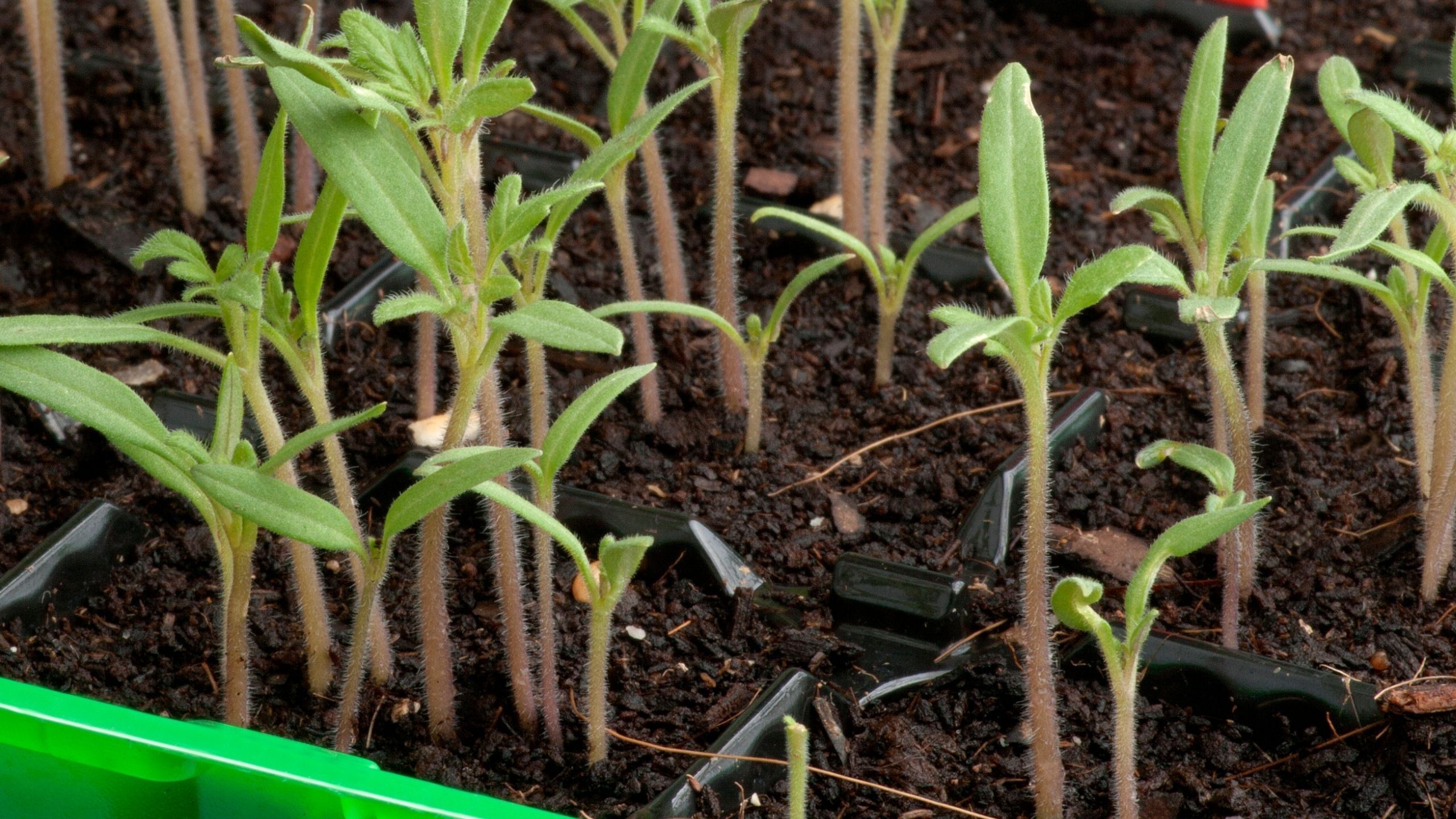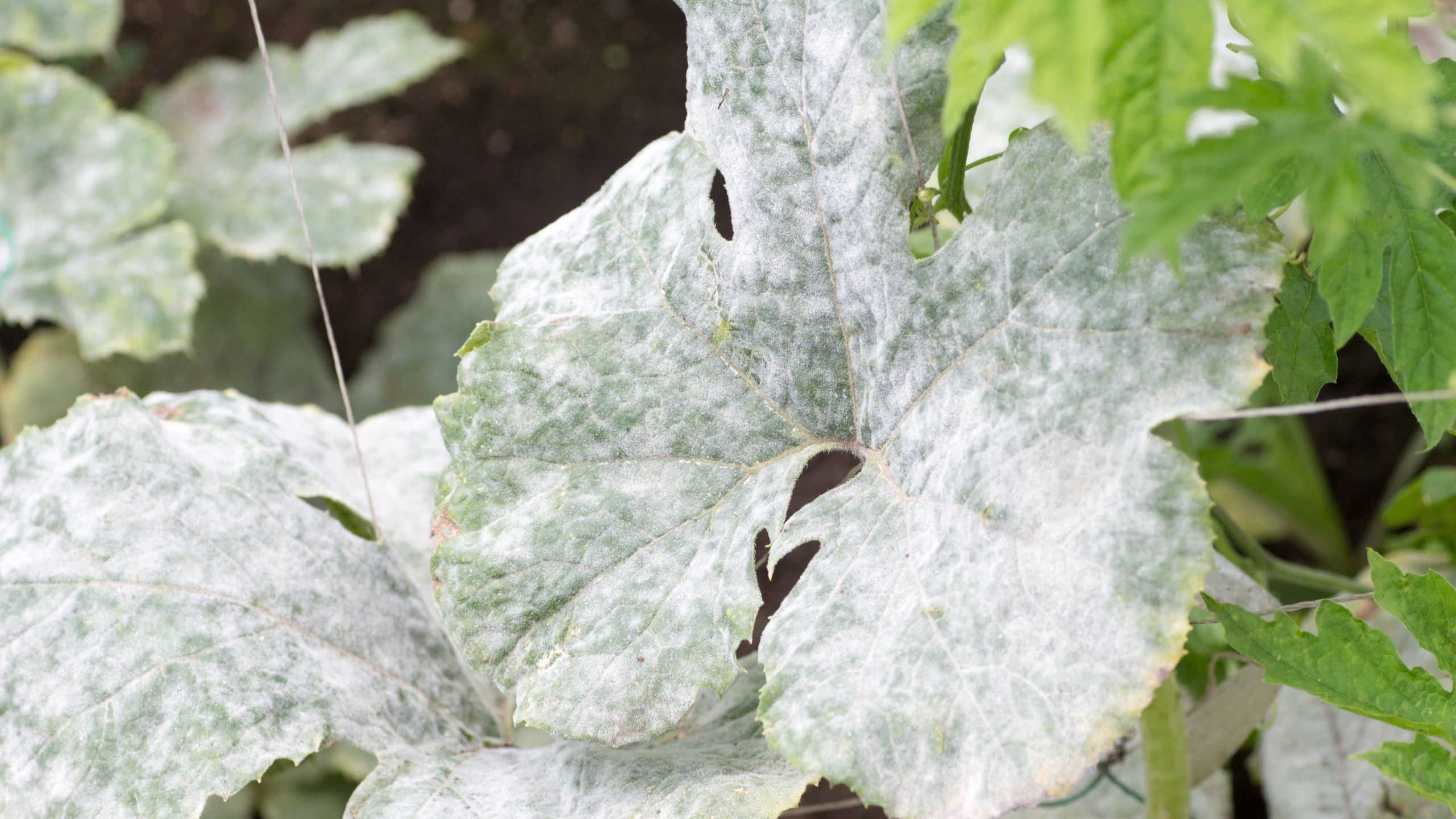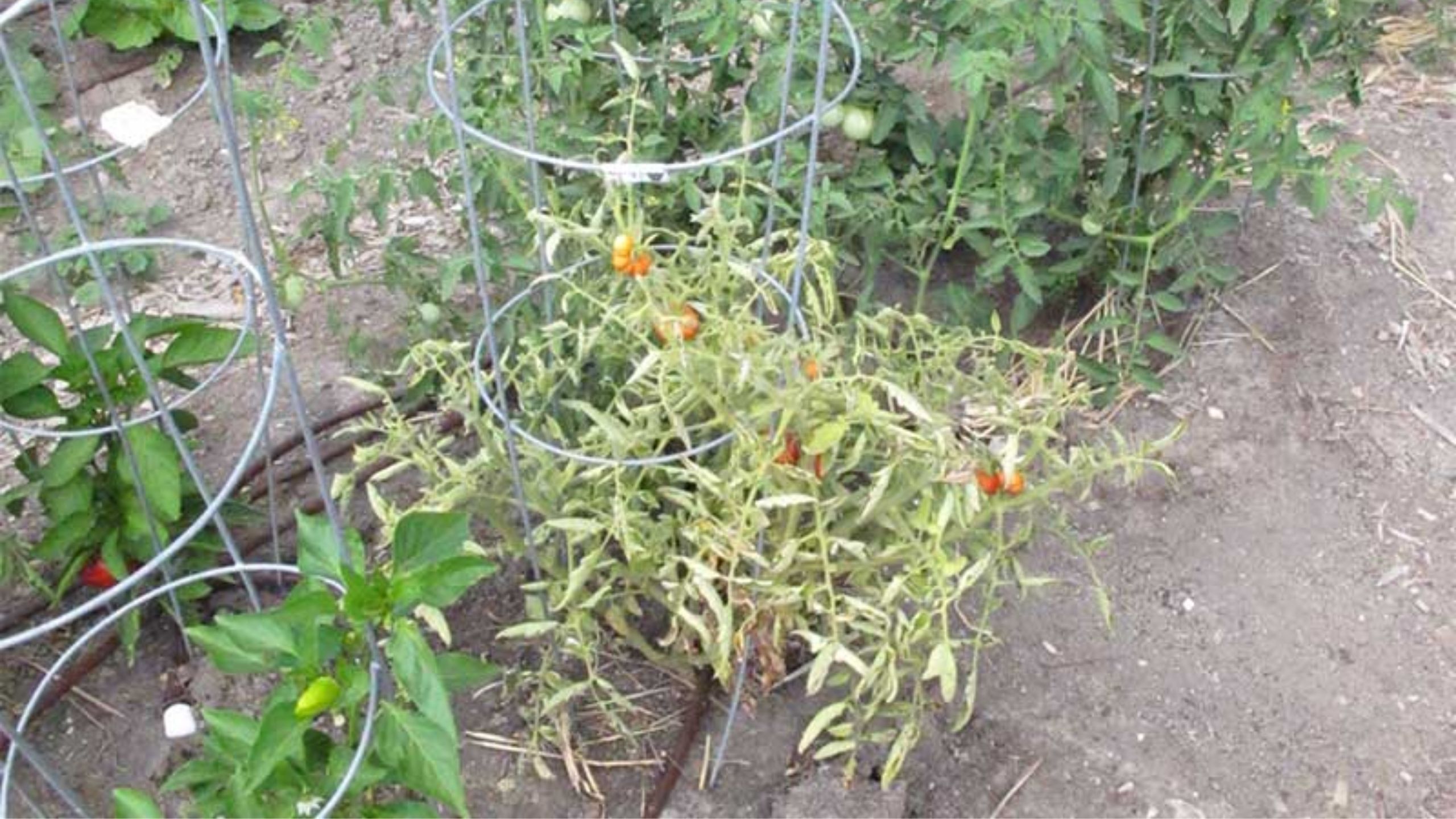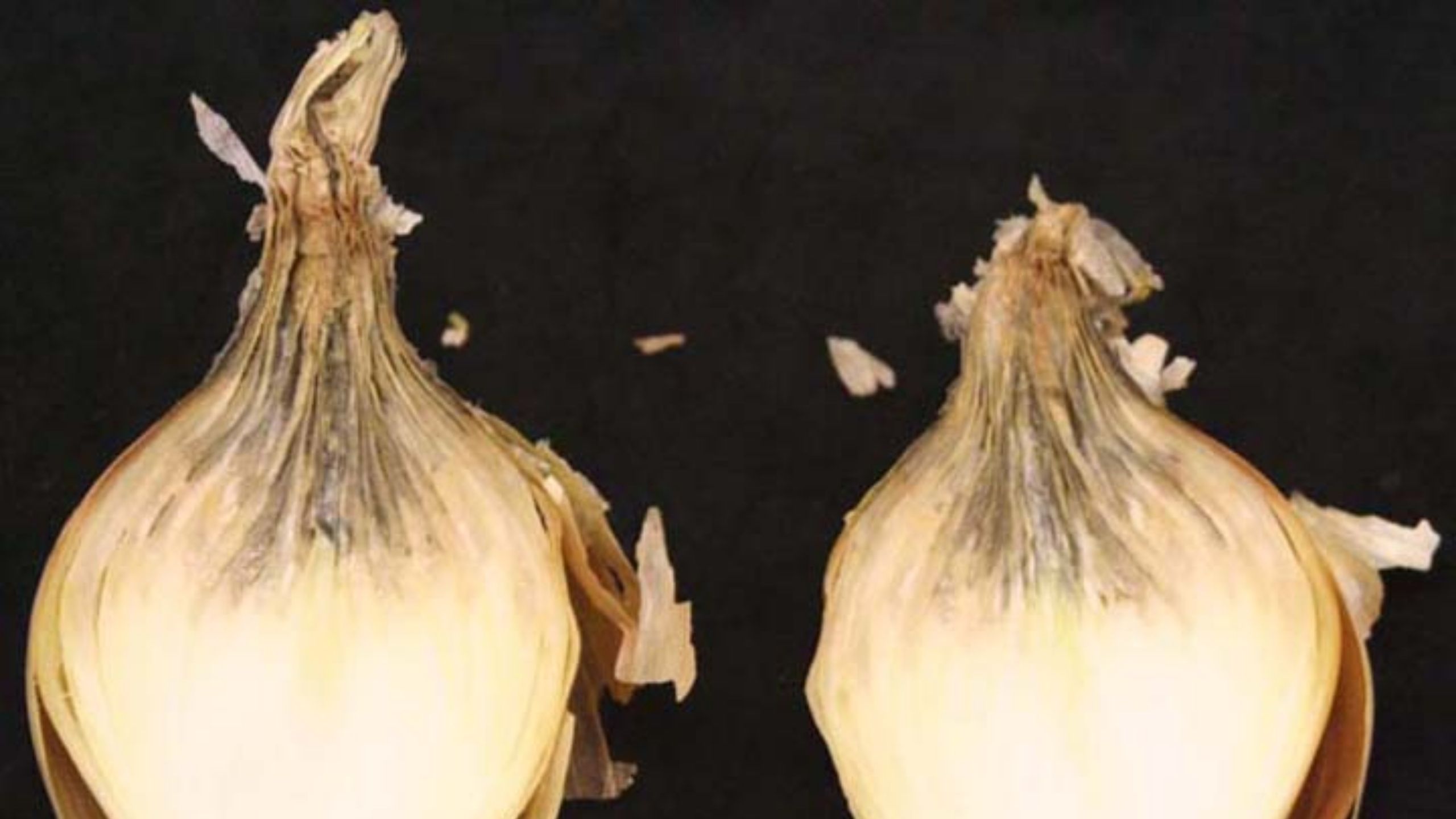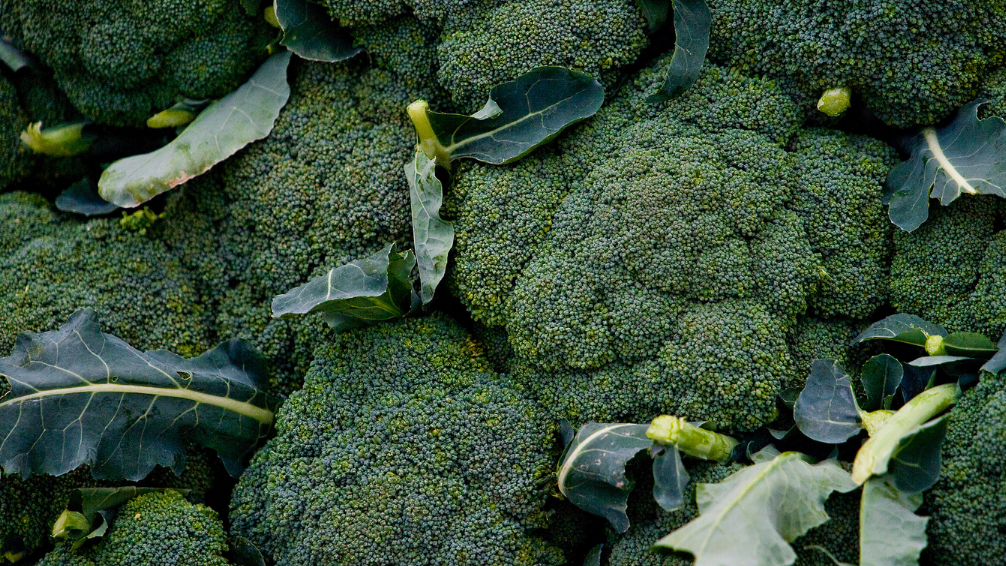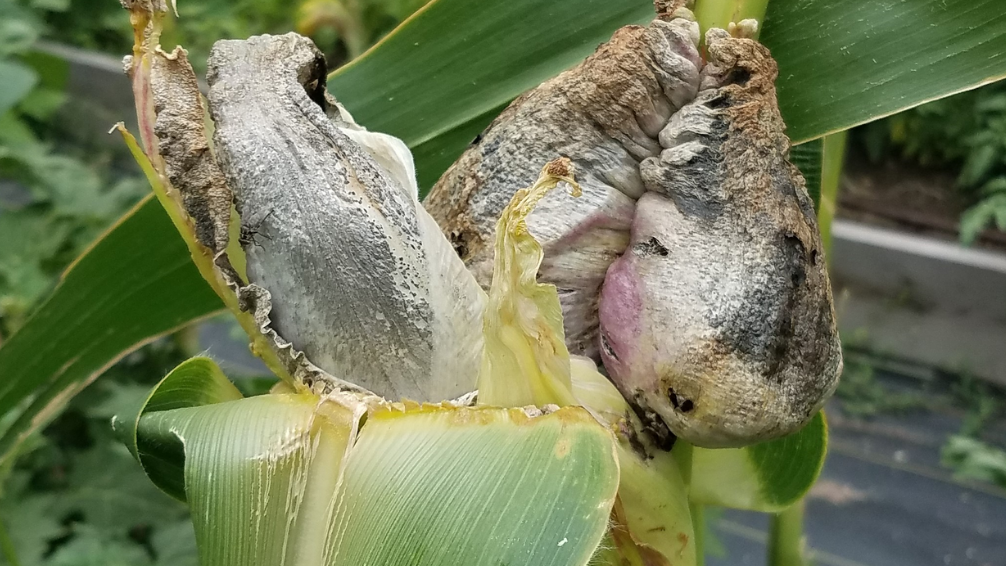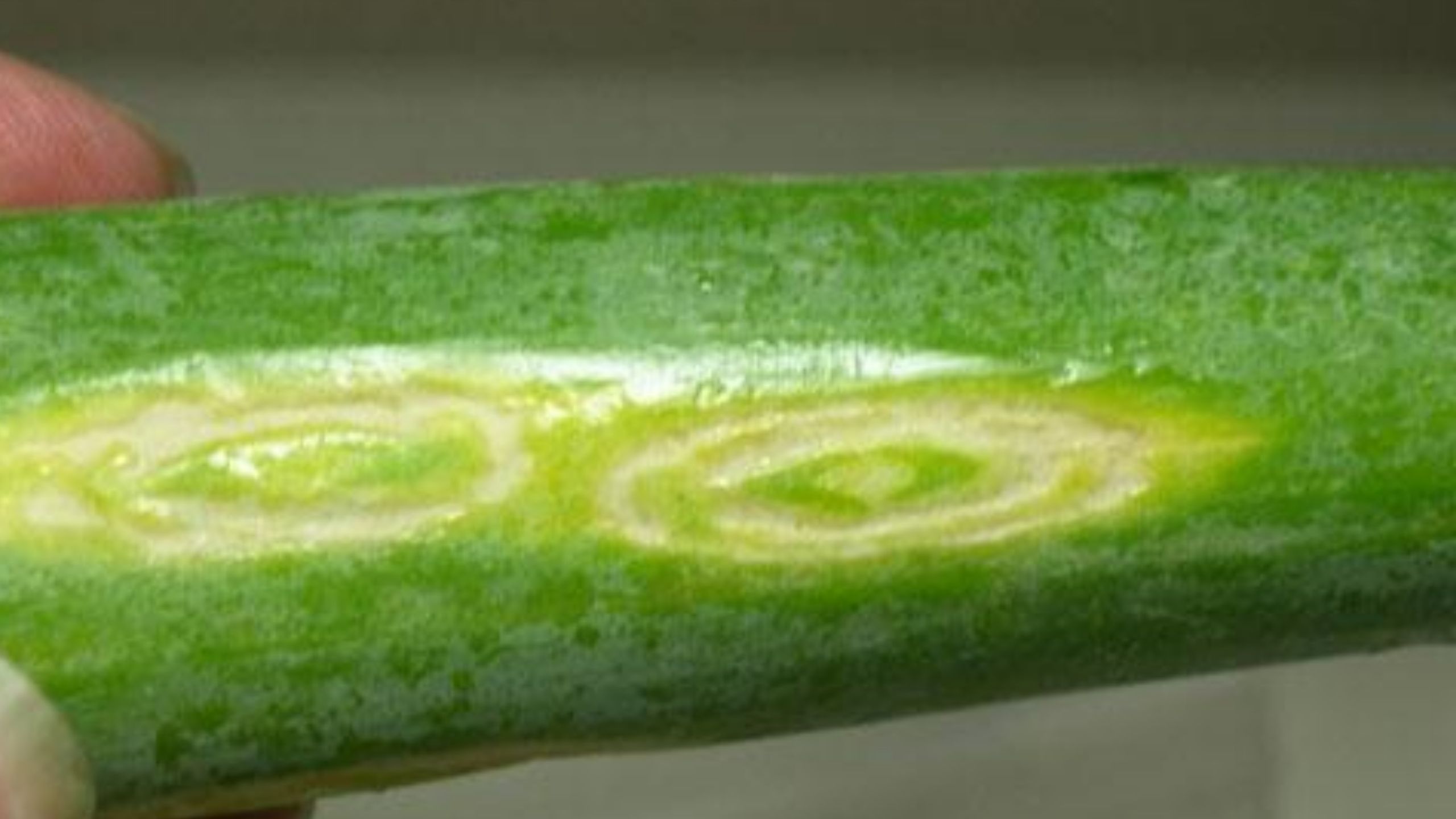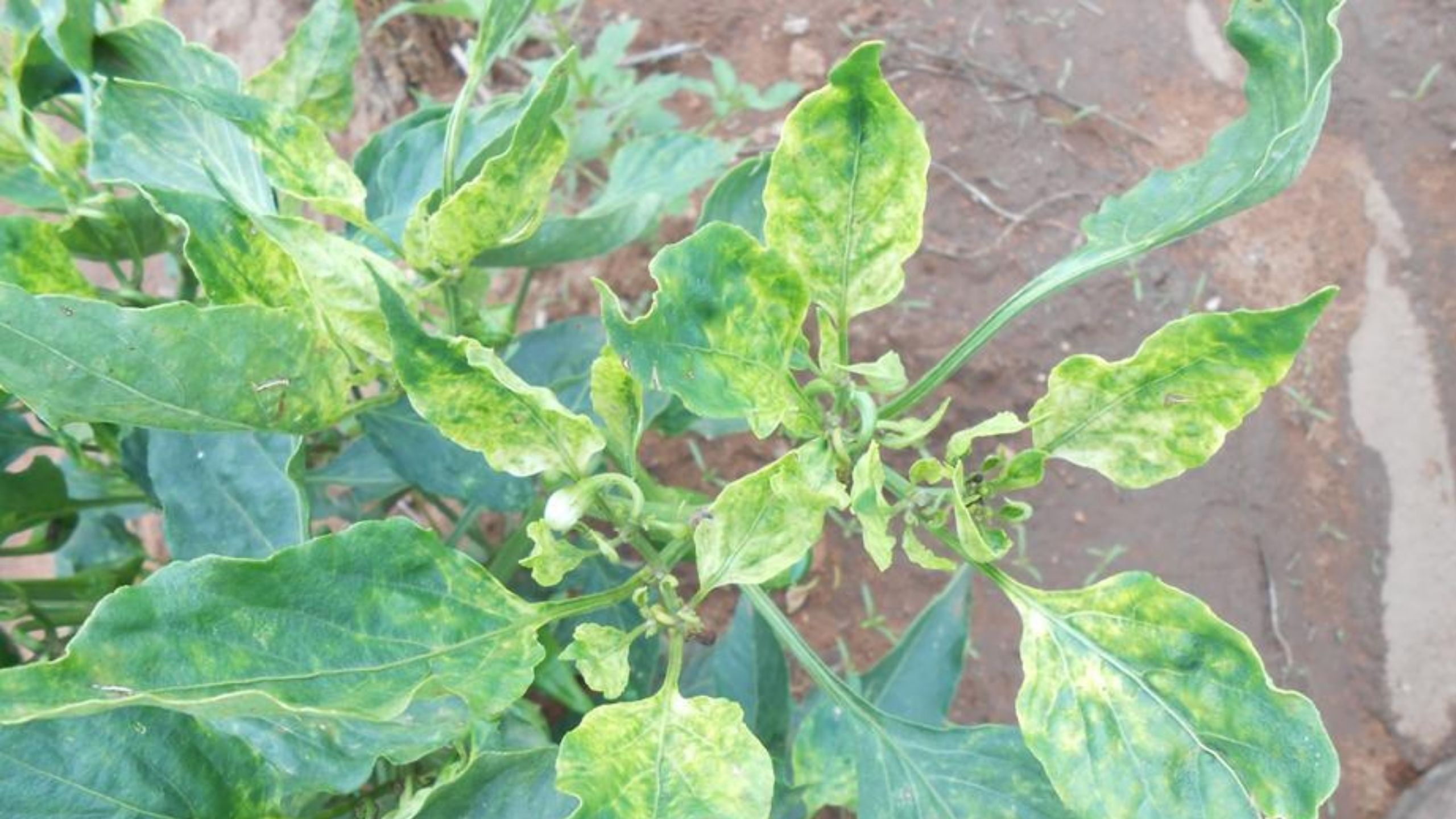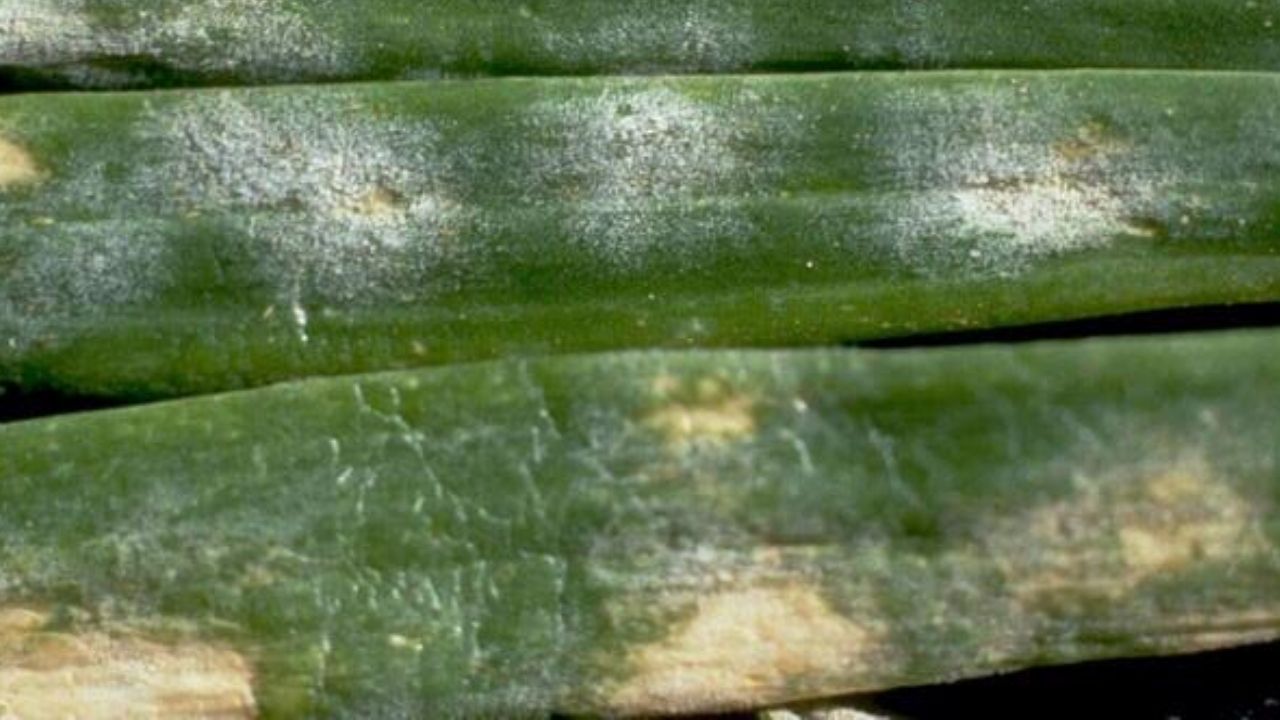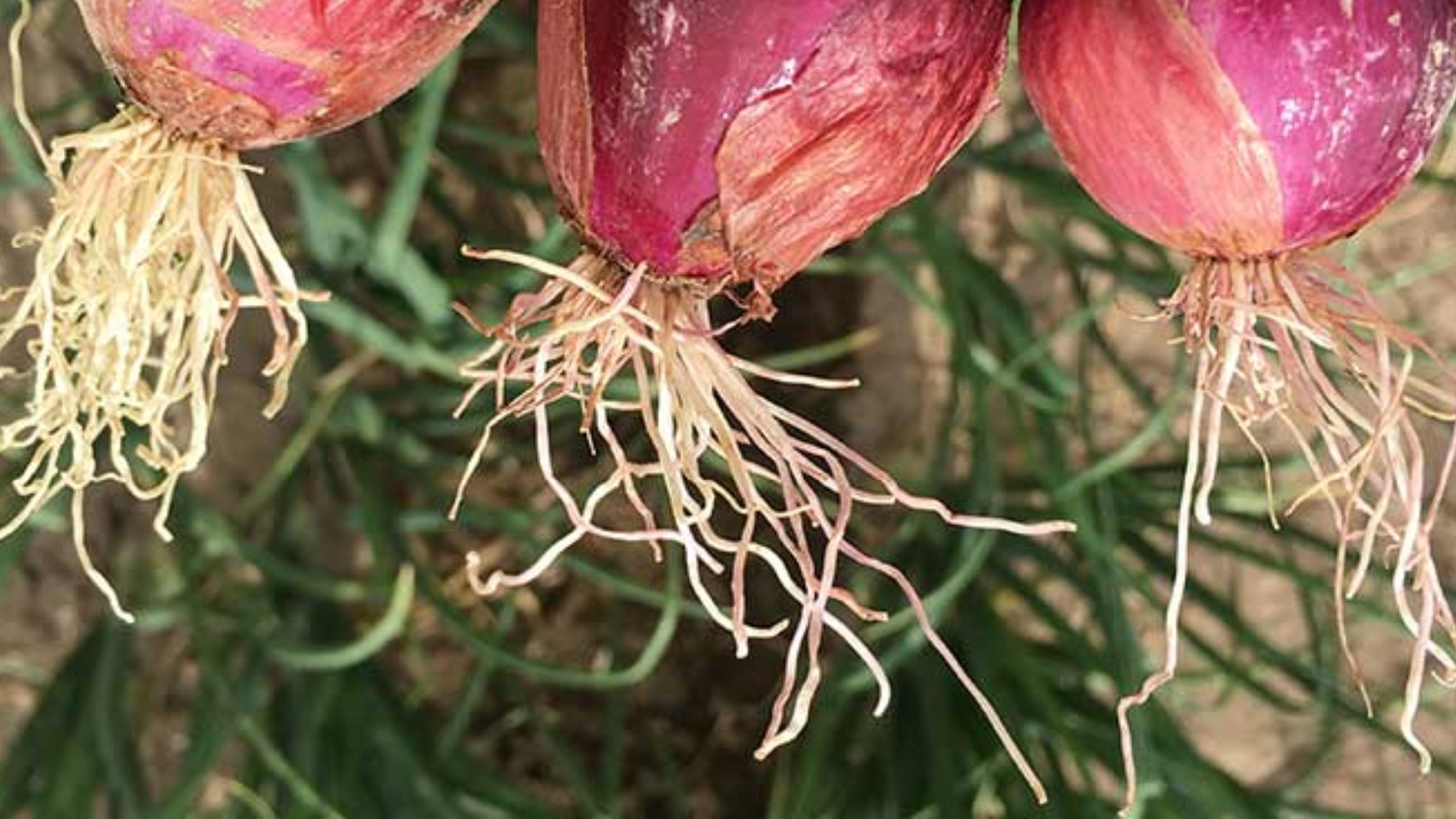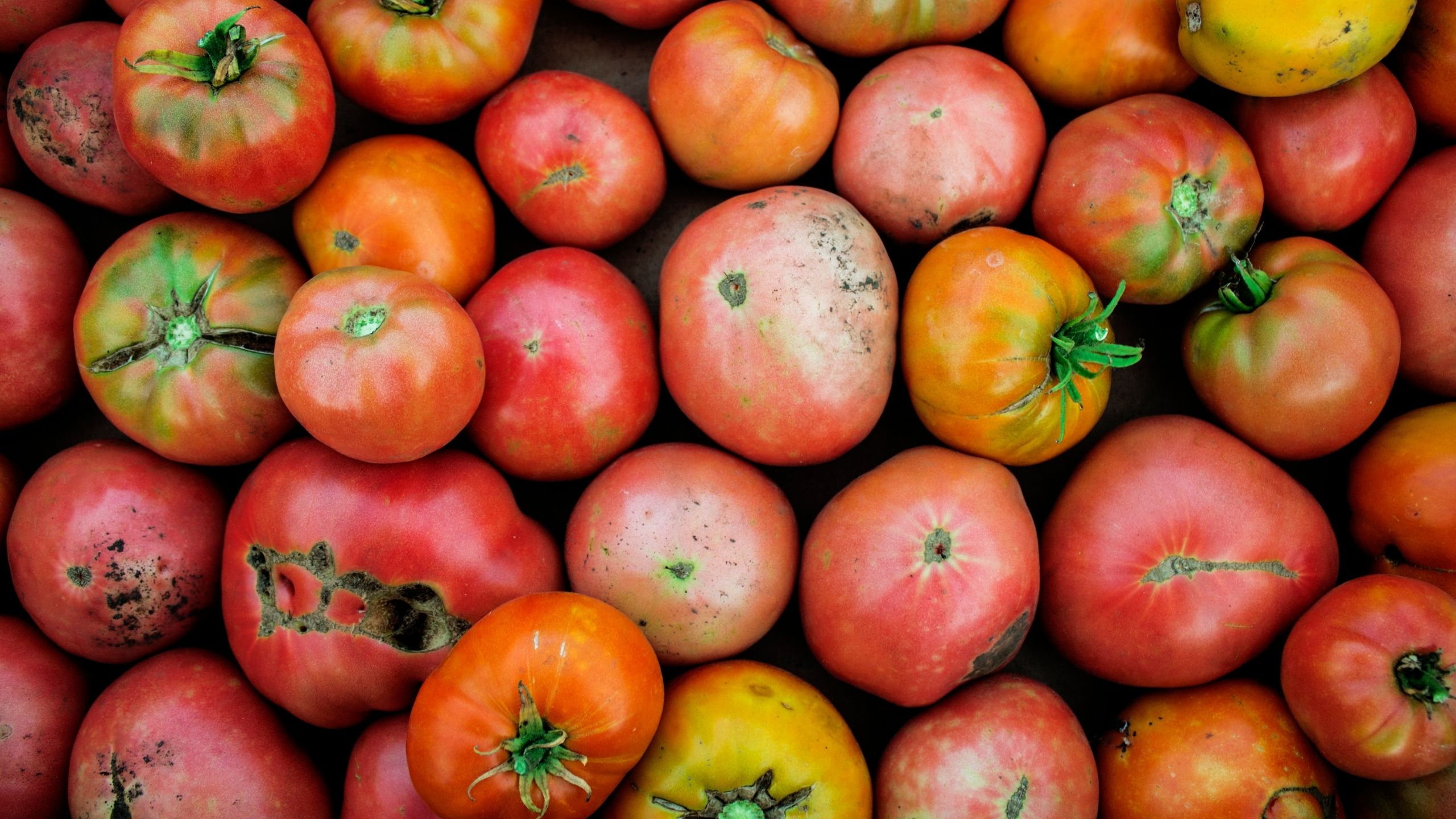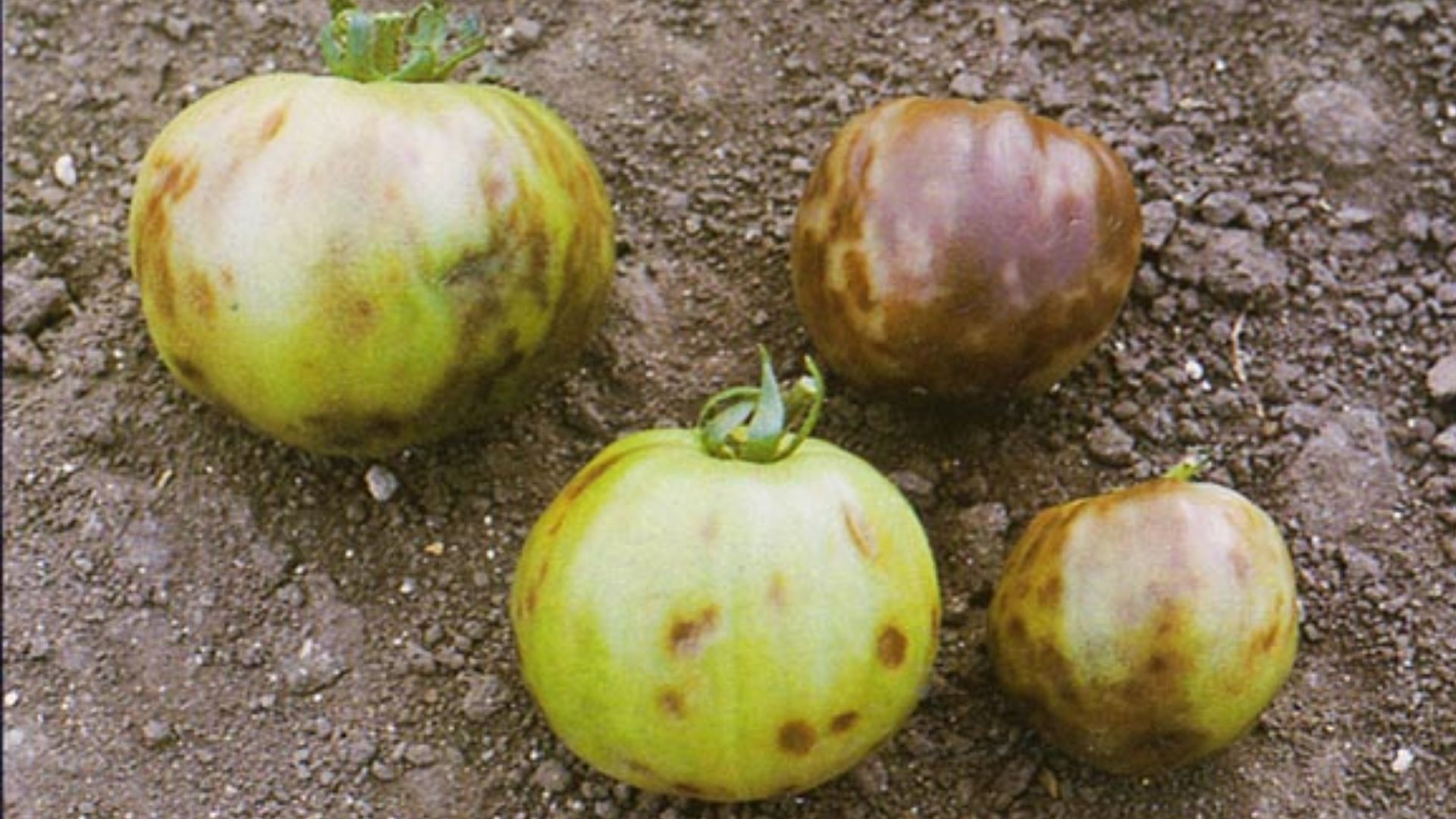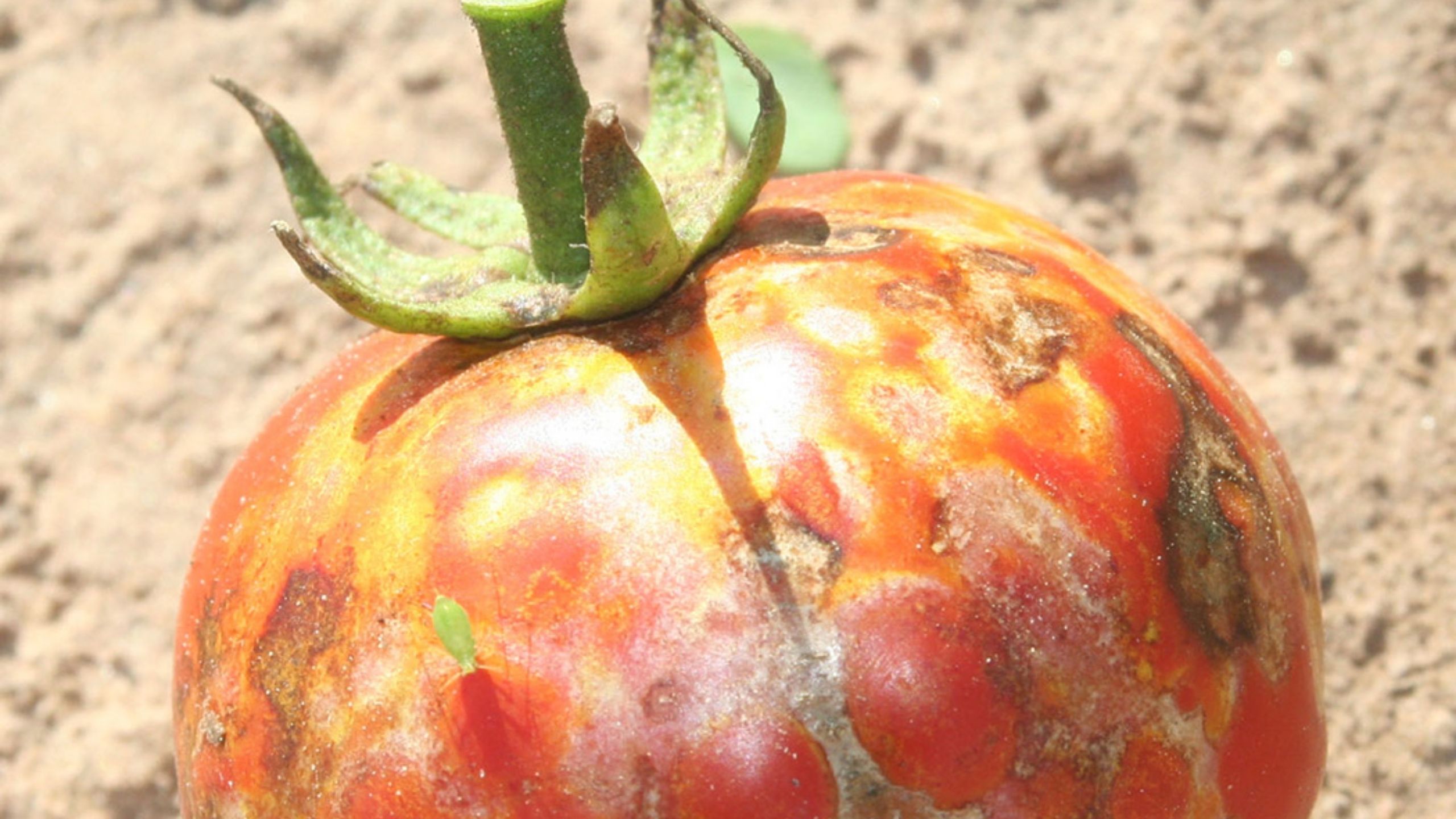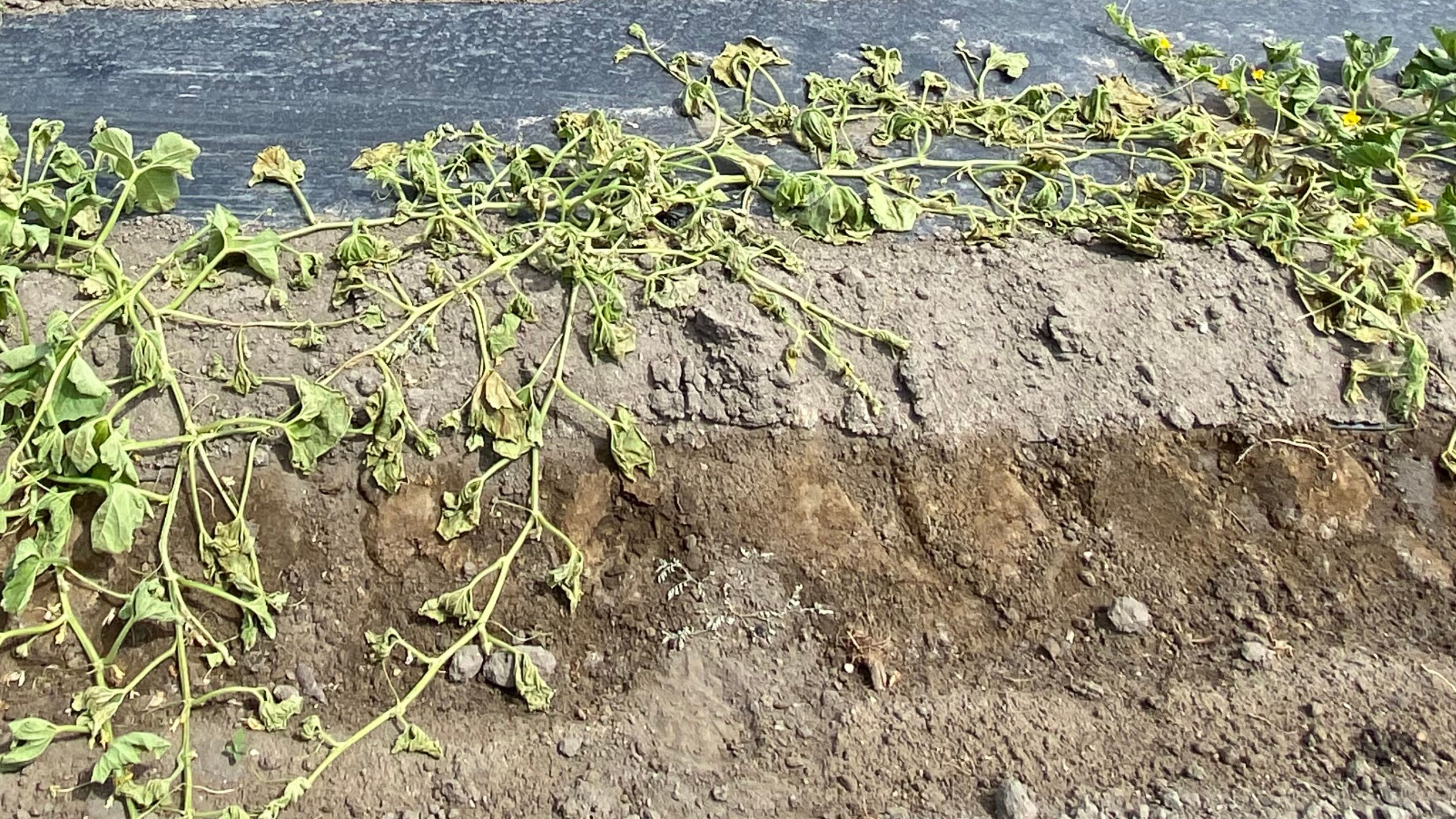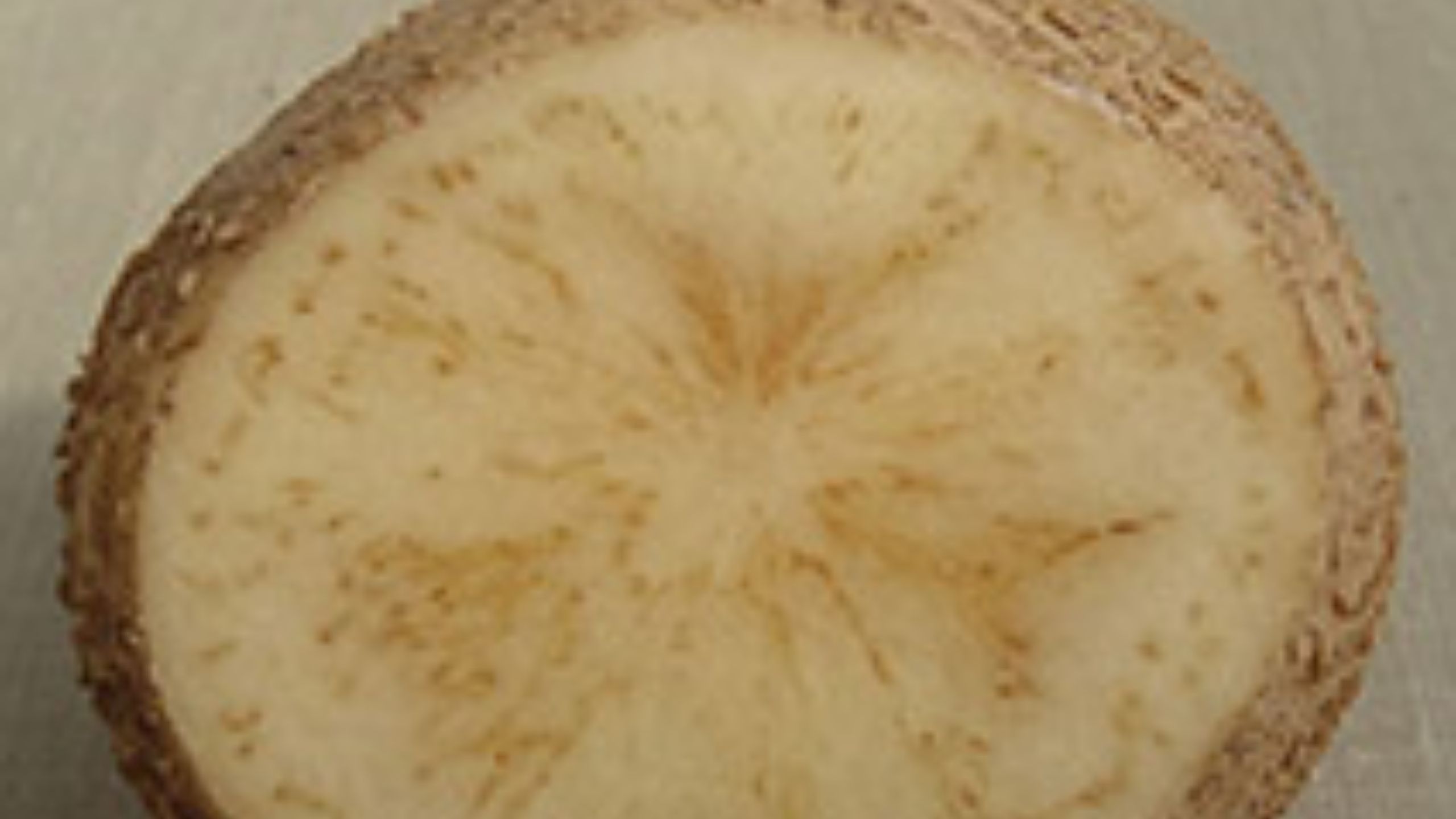Big Bud Disease in Tomatoes and Peppers
January 2022
Claudia Nischwitz, Extension Plant Pathologist • Erin Petrizzo, Research Assistant
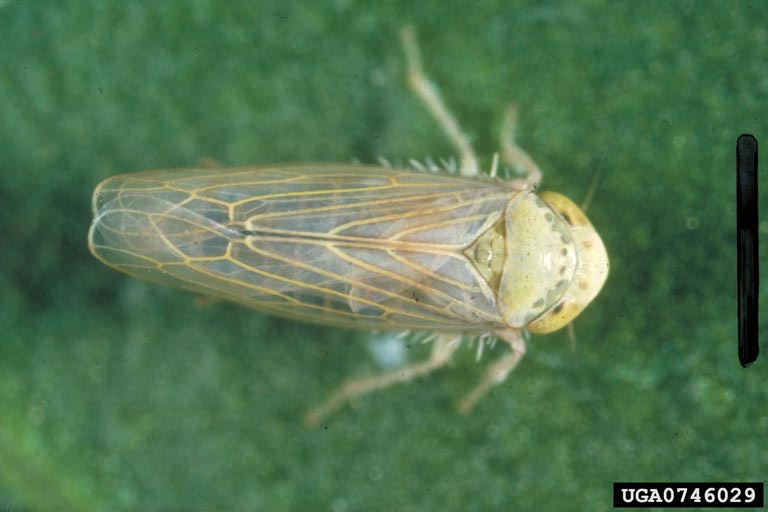
Fig. 1. Beet leafhopper (Neoaliturus tenellus). Image courtesy of G. Oldfield, USDA, Bugwood.org.
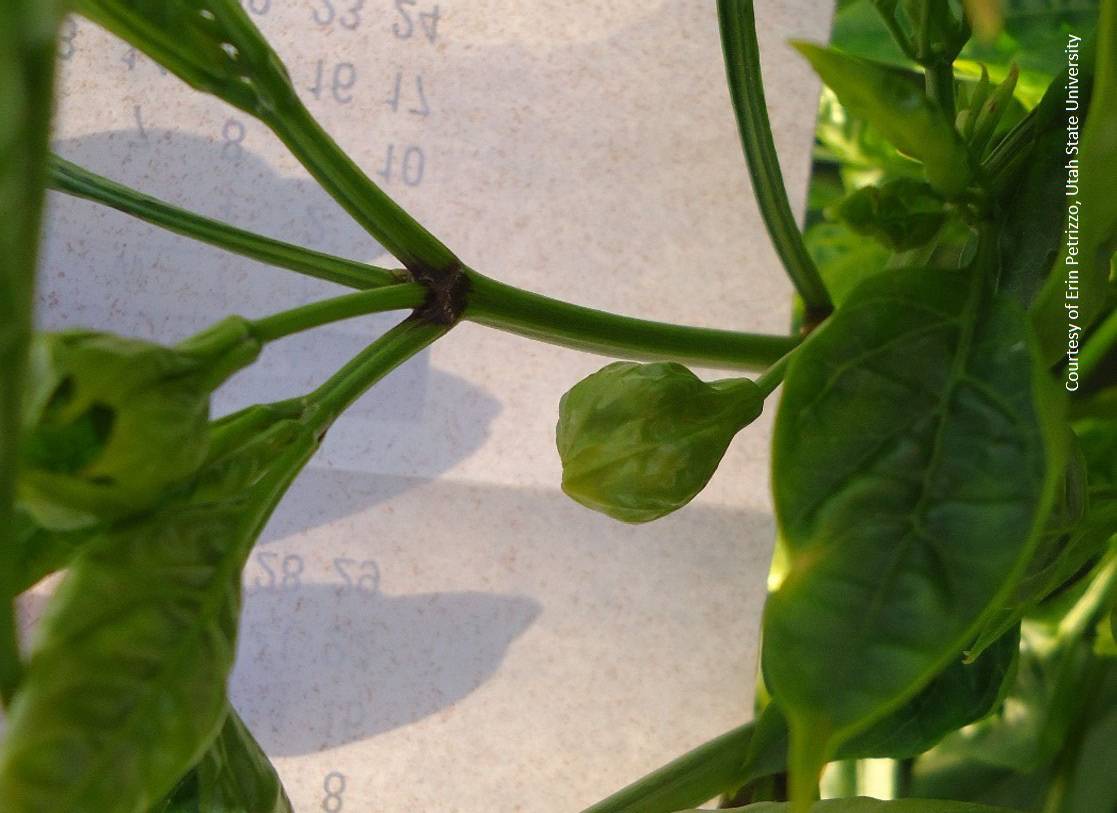
Fig. 2. Enlarged flower bud in pepper infected with big bud disease
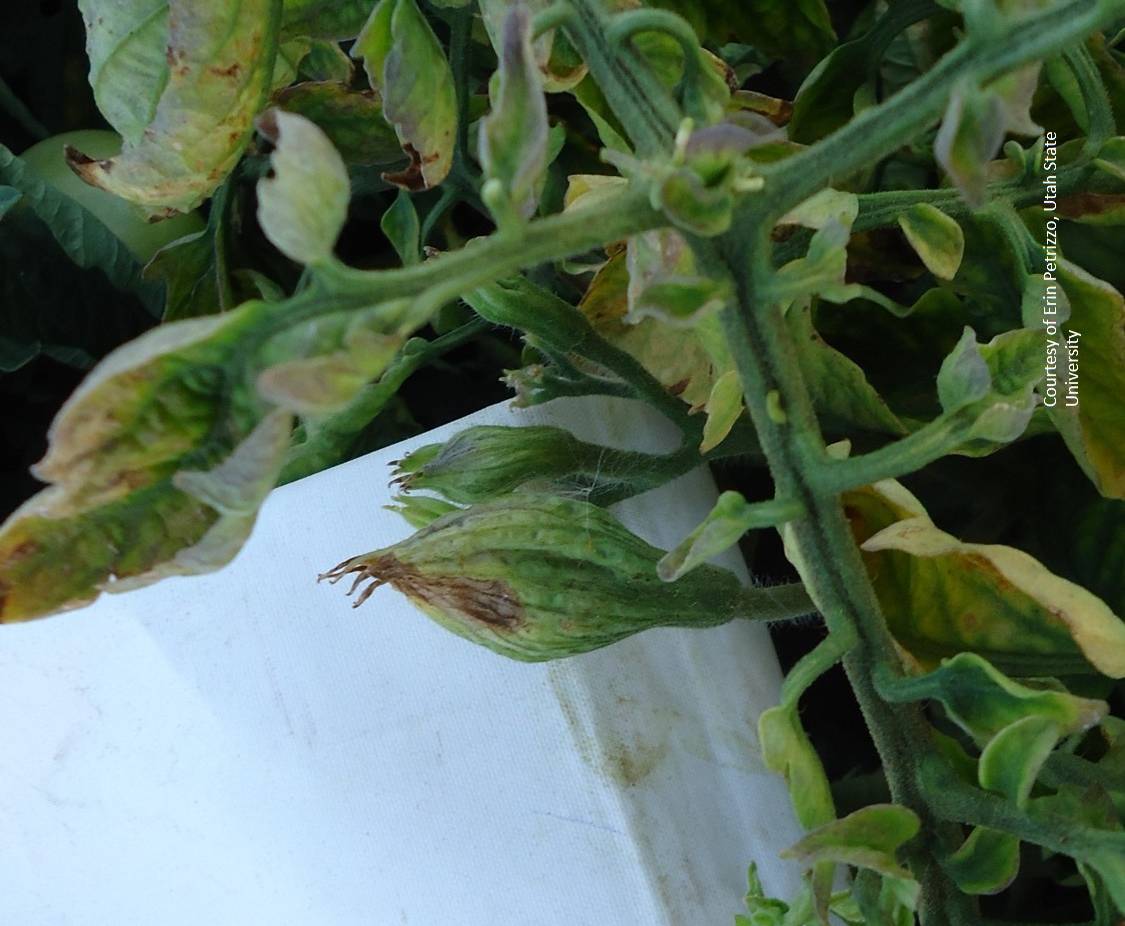
Fig. 3. Enlarged flower bud in tomato infected with big bud disease

Fig. 4. Distorted flower of tomato infected with big bud disease

Fig. 5. Tomato plant with big bud disease
Quick Facts
- The plant disease commonly called big bud is
caused by phytoplasma species. - It is transmitted during the feeding by leafhopper.
- The most common symptom is growth distortion in the buds, resulting in oversized flower buds from which the disease gets its name, thickened stems, and distorted leaves.
- Symptomatic flower buds do not produce fruit.
- In Utah, big bud disease has been observed in tomato and pepper fields but generally at very low levels and is rarely a concern for growers.
Big bud is caused by phytoplasma species (Bowyer et al., 1969; Granett, et al., 1974). Phytoplasmas are a unique type of small bacteria that do not have a cell wall (Doi et al., 1967).
Phytoplasmas are transmitted from one plant to another by phloem-feeding insects such as leafhoppers and psyllids and need both their insect and plant hosts in order to survive. (Weintraub & Beanland, 2006). In plants, they live and replicate only within phloem cells and sometimes exist at low levels which can make them difficult to detect in a plant sample (Doi et al., 1967).
Phytoplasma species that causes big bud in Utah tomato and pepper fields are spread by leafhopper, including the beet leafhopper (BLH) (Neoaliturus tenellus) (Fig. 1) (Golino et al., 1989; Shaw et al., 1991). Thus, the infection patterns seen in the field can be somewhat similar to that of curly top; that is, a plant or two scattered here and there in various spots throughout the field. However, big bud has usually been seen at much lower levels of infection than curly top, and plants infected with big bud
are less noticeable than the more obvious stunted and yellowed plants that have curly top. For these reasons, big bud infections may go unnoticed.
Symptoms
On both tomato and pepper, the telltale symptom of big bud disease is the unique swollen-looking flower bud. The green sepals become enlarged and may not open (Figs. 2 and 3), and if they do, the flower inside shows abnormal development (Fig. 4). Symptomatic flower buds will not produce fruit.
Diseased plants sometimes have a bushy appearance. This is due to a shortening and thickening of the stems between the internodes which sprout numerous stunted and distorted leaves. The stems develop an upright growth habit and the whole plant takes on a pale or yellow cast (Fig 5).
Disease Cycle
Leafhoppers have piercing-sucking mouthparts and acquire the phytoplasma when they feed on the phloem sap from an infected plant. The phytoplasma continues to replicate in a leafhopper’s body for the rest of its life and leafhoppers transmit the pathogen in their saliva to a healthy plant during feeding (Lefol et al., 1994; Lherminier et al.,1990).
BLH spend the winter months on desert plants in warmer areas of the southwest, but when those plants begin to dry up, they migrate north, looking for new food hosts as well as plants on which to lay their eggs. They will feed on a large variety of plants but do prefer certain species. Preferred weed hosts of the BLH, and some that can be reservoirs of phytoplasma infection, include: Bassia sp. (Kochia); Chenopodium sp. (lambsquarter); Halogeton sp. (halogeton); Kali sp. (Russian thistle); Sarcobatus sp. (greasewood); Atriplex sp. (four wing saltbush); Senecio vulgaris (common groundsel); and Capsella bursa-pastoris (shepherd’s purse) (Munyaneza et al., 2006; Zhao & Wei, 2020).
Tomato and pepper are not favored plant hosts of BLH, but they will still move through the crop fields and probe and feed on plants, and in the process, infect the plants. This disease has been seen in both tomato and pepper fields in Utah. Eggplant and other solanaceous crops are reported to be susceptible but have not been diagnosed here.
Management
Big bud disease is usually not a problem for Utah growers and no specific management strategies are recommended at this time. General management practices, such as weed removal in and around the crop fields, helps to limit the spread of many types of plant diseases by removing reservoirs of both the diseases and their insect vectors. Removal of any crop plants with symptoms of big bud disease will also help limit the spread of the phytoplasma to both new leafhoppers and other plants.
Control of leafhopper for big bud using insecticides is not recommended in Utah. Leafhoppers are capable of migrating into a field from long distances away, so finding the source area of the insects can be difficult. Some leafhopper such as BLH do not stay in tomato and pepper fields long and would likely infect a plant by feeding before dying from any pesticide applied to the crop.
References and Further Reading
- ExtensionBowyer, J. W., Atherton, J. G., Teakle, D. S., & Ahren, G. A. (1969). Mycoplasmalike bodies in plants affected by legume little leaf, tomato big bud, and lucerne witches broom diseases. Australian Journal of Biological Sciences, 22, 271–274.
- Doi Y., Teranaka, M., Yora, K., & Asuyama, H. (1967). Mycoplasma or PLT grouplike microorganisms found in the phloem elements of plants infected with mulberry dwarf, potato witches’ broom, aster yellows or pawlownia witches’ broom. Japanese Journal of Phytopathology, 33, 259–266.
- Golino, D. A., Oldfield, G. N., & Gumpf, D. J. (1989). Experimental hosts of the beet leaf-hopper-transmitted virescence agent. Plant Disease, 73, 850–854.
- Garnett, A. L., & Provvidenti, R. (1974). Tomato big bud in New York State. Plant Disease Reporter, 58, 211–214.
- Lefol, C., Lherminier, J., Boudon-Padieu, E., Larrue, J., Louis, C., & Caudwell, A. (1994). Propagation of flavescence doree MLO (Mycoplasma-Like Organism) in the leafhopper vector Euscelidius variegatus. Journal of Invertebrate Pathology, 63, 285–293.
- Lherminier, J., Prensier, G., Boudon-Padieu, E., & Caudwell, A. (1990). Immunolabeling of grapevine flavescence doree MLO in salivary glands of Euscelidius variegatus: A light and electron microscopy study. Journal of Histochemistry and Cytochemistry, 38, 79–85.
- Munyaneza J. E, Crosslin, J. M., & Upton, J. E. (2006). Beet leafhopper transmits the Columbia Basin potato purple top phytoplasma to potatoes, beets, and weeds. Journal of Economic Entomology, 99, 268–72.
- Shaw, M. E., Kirkpatrick, B. C., & Golino, D. A. (1991). Causal agent of tomato big bud disease in California is the beet leafhopper transmitted virescence agent. (Abstr.) Phytopathology, 81, 1210.
- Weintraub, P. G., & Beanland, L. (2006). Insect vectors of phytoplasmas. Annual Review of Entomology, 51, 91–111.
- Zhao, Y., & Wei, W. (2020). Candidatus Phytoplasma trifolii (clover proliferation phytoplasma). Invasive Species Compendium. DOI:10.1079/ISC.40854.20210200691
Image Credits
1 G. Oldfield, USDA, Bugwood.org
2, 3, 4, 5 Erin Petrizzo, Utah State University ExtensionBowyer,
Related Research


